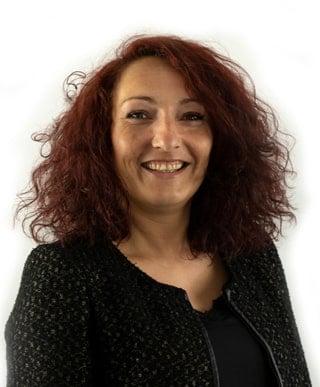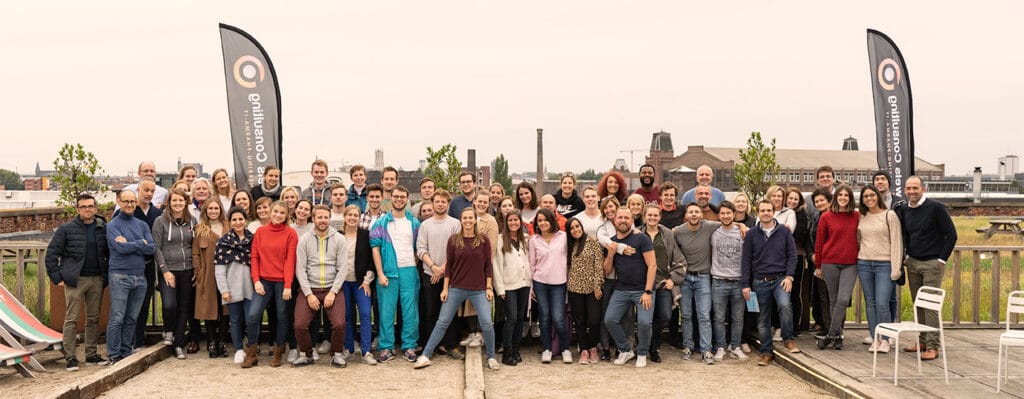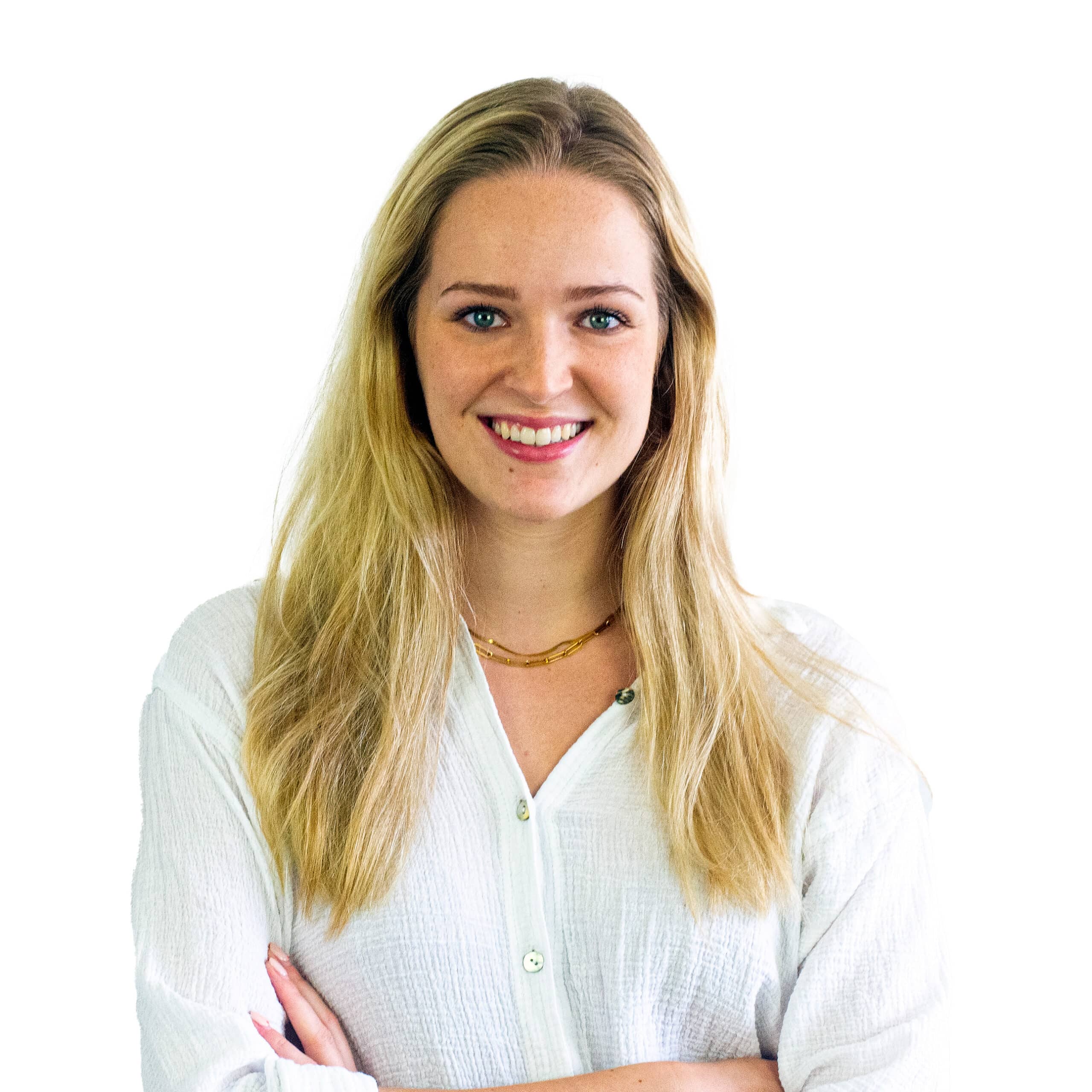Insights
Convenient correlation matrix for transition to ISO 9001:2015
Pauwels Consulting assists companies in setting up and monitoring quality systems and continuously improving business processes. We have a number of experienced ISO 9001 consultants on board to assist companies all over Europe.
Luc Marivoet is one of our quality experts. Earlier, we interviewed Luc about the publication of the new ISO 9001:2015 standard and the main differences between ISO 9001:2015 and ISO 9001:2008.
Today, we talked to Luc about a correlation matrix that comes in handy if you want to transition from ISO 9001:2008 to ISO 9001:2015. An interesting conversation! You can download the ISO 9001 correlation matrix below in Dutch, French and English at the bottom of this article.
Luc, can you please refresh our memory? What is ISO 9001 again?
Luc: ISO 9001 is the world’s most popular and most commonly used standard for quality management systems. A standard is not a law, but an agreement or best practice that an organisation can apply voluntarily. A standard reflects a good level of professionalism.
A quality management system is a tool with which an organisation can determine how it can meet the requirements of its customers and other interested parties that are involved in its activities.
How often do they update the ISO standard?
Luc: About every seven years a new version of ISO 9001 appears. The previous version was ISO 9001:2008. The current version is ISO 9001:2015. This latest version was released on September 23, 2015.
Do organisations have to transition from ISO 9001:2008 to ISO 9001:2015 immediately?
Luc: No. There is a transitional period of three years after the publication of each new version of ISO 9001. During this period organisations can adapt their quality management to match the latest version of the ISO standard.
Organisations must, therefore, implement the new ISO 9001:2015 standard before 23 September 2018 in order to continue complying with ISO 9001. So it’s important for organizations to familiarize with ISO 9001:2015 as quickly as possible because there have been quite some changes to the structure and terminology of the ISO 9001 standard.
Are there many differences between ISO 9001:2008 and ISO 9001:2015?
Luc: Yes, there are quite some differences between ISO 9001:2008 and ISO 9001:2015. During our last interview, we already discussed those differences in depth. But there are many similarities as well. Such an overlap can be quite confusing to organizations. Usually, after some time, a correlation matrix is drawn up to help those organizations. Such a matrix shows the (extent of) consistency between the old and the new standard.
“Usually”? That was not the case this time?
Luc: Not really. At the moment, the ISO / TC 176 / SC 2 website is often used as a reference instead, but that website is actually quite difficult to find on your own. Some other organizations do offer a matrix, but this matrix only shows the extent of consistency with the FDIS of ISO 9001. Unfortunately, the FDIS are only a “Final Draft International Standard”. The matrix contains errors and skips quite a few paragraphs as well.
Is that why you decided to draw up your own matrix?
Luc: That’s right. We developed our own correlation matrix to show the (extent of) consistency between the old and the new standard. (laughs) This way, we want to help as many organizations as possible during their transition from ISO 9001:2008 to ISO 9001:2015.
Luc: The matrix is available in Dutch, French and English. You can use it if you want to set up a quality management system according to the new ISO 9001:2015 standard and if you want to understand how the ISO 9001:2015 standard can be compatible with the chapters and sections of the ISO 9001:2008. Next, you can determine what kind of gaps must be eliminated within your organization to meet the new ISO 9001:2015 standard.
Sounds great! Is there anything else organizations need to know before they start using the matrix and before they start their transition to ISO 9001:2015?
Luc: Yes. I would like to highlight two important things. First and foremost: ISO 9001:2015 does NOT require the application of the new structure and terminology to the documented quality management system of your organization. The main structure in ISO 9001:2015 is only intended to present the requirements in a coherent way.
Second, ISO 9001:2015 does NOT require you to replace the terms that your organization currently uses for the quality management system by the terms used in the new standard. So you can still choose to use those terms that best suit your organization, for example, ‘registrations’ and ’documentation’ instead of ‘documented information’, or ’supplier’ instead of ‘external provider’.
Download our correlation matrix:
Dutch – ISO 9001:2008 to ISO 9001:2015
Dutch – ISO 9001:2015 to ISO 9001:2008
French – ISO 9001:2008 to ISO 9001:2015
French – ISO 9001:2015 to ISO 9001:2008
English – ISO 9001:2008 to ISO 9001:2015
English – ISO 9001:2015 to ISO 9001:2008
Thanks for this interesting interview and the convenient matrix, Luc!
Do you need some assistance with the implementation of ISO in your organisation?
Who is Luc Marivoet?
Luc Marivoet is Prevention Counselor & Quality Officer at Pauwels Consulting. He has over 25 years of experience in quality management positions. In these positions, he provided support and supervision in an international context (Europe and Asia). Luc now uses his experience to set up, implement, monitor and follow up certified ISO 9001 quality management systems and Supplier Quality Assurance activities. Luc is currently working at a Belgian engineering office specialized in rail infrastructure and technology for the implementation of an integrated management system (ISO 9001 & ISO 45001). He also teaches QHS Management Systems (ISO 9001 and ISO 45001).
Do you have a question or comment for Luc? Contact Luc here.





